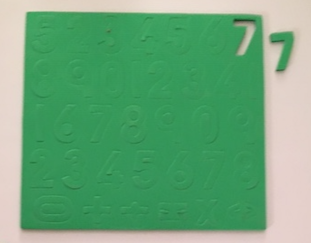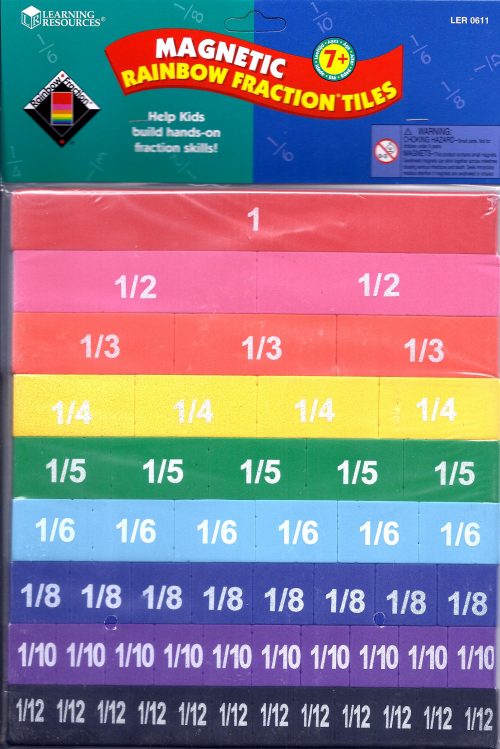 This set of 60 cards, 7.5 x 6.5 cm comprehensively represents different models of representing the numbers 1 - 10. Games and matching and ordering activities using these cards, will broaden children's appreciation of number quantity and the connections between the different representations. Recognising quantities without needing to count one by one, is an important mathematical ability.
This set of 60 cards, 7.5 x 6.5 cm comprehensively represents different models of representing the numbers 1 - 10. Games and matching and ordering activities using these cards, will broaden children's appreciation of number quantity and the connections between the different representations. Recognising quantities without needing to count one by one, is an important mathematical ability. Maths Activities with Dominoes provides hands-on activities that encourage children in reception through to Year 3 to investigate basic math concepts. As they explore with dominoes, children will become confident problem solvers, develop mathematical thinking skills and assimilate concepts quickly and easily.
Maths Activities with Dominoes provides hands-on activities that encourage children in reception through to Year 3 to investigate basic math concepts. As they explore with dominoes, children will become confident problem solvers, develop mathematical thinking skills and assimilate concepts quickly and easily.- One third of parents are not confident when dealing with their children's maths homework. at worst, they stumble over even the most simple maths questions. Even confident mums and dads can be stumped by modern teaching methods. Maths for Mums and Dads guides you through the basics of primary school maths and covers the dilemmas and problems you are likely to be confronted with.
- Sale!
 Games makes learning maths fun. Children listen to the sum, do the maths, then step on the right answer. The game gets faster as their score gets higher. This game is aimed at 4 - 7 year olds.
Games makes learning maths fun. Children listen to the sum, do the maths, then step on the right answer. The game gets faster as their score gets higher. This game is aimed at 4 - 7 year olds. 
 This pack contains approximately 50 small natural wooden clothes pegs measuring 22mm. They could help provide a memorable multi-sensory experience in ordering numbers and operations written on cards. Learners would be given an operation or number each, and peg their card on a piece of string to construct a correct equation. Similarly they could be used with a group of children to order letters into words or words into sentences.
This pack contains approximately 50 small natural wooden clothes pegs measuring 22mm. They could help provide a memorable multi-sensory experience in ordering numbers and operations written on cards. Learners would be given an operation or number each, and peg their card on a piece of string to construct a correct equation. Similarly they could be used with a group of children to order letters into words or words into sentences. Sand timers provide a visual representation of a period of time and children respond incredibly well with them when they’re used correctly. Sand timers can be used for many activities in school and at home for example:
Sand timers provide a visual representation of a period of time and children respond incredibly well with them when they’re used correctly. Sand timers can be used for many activities in school and at home for example:- Use it to time participation in games.
- To help children calm down by taking 'time out' when upset.
- To develop the awareness of the length of one minute.
- To motivate as the student engages in 'beat the clock 'activities.
- Classroom management- setting a target time for pupils to enter class and settled down.
- Use to time an oral presentation.
- Use in timed tests.
- Use in teaching analogue clock- how minutes work












